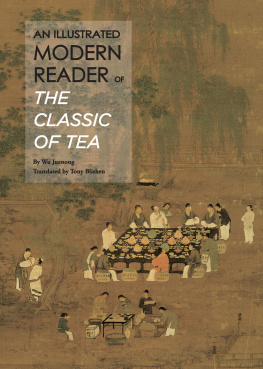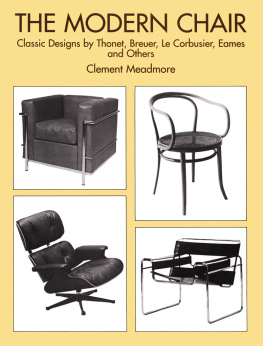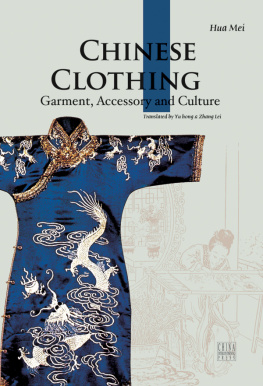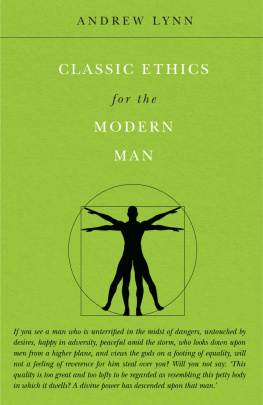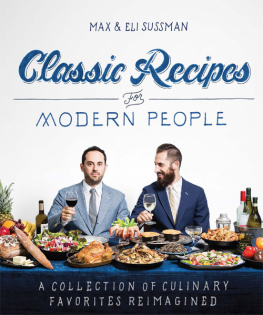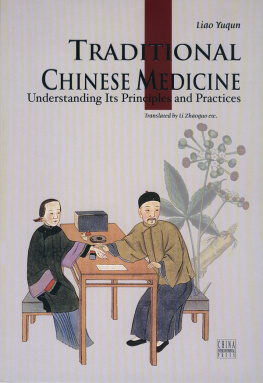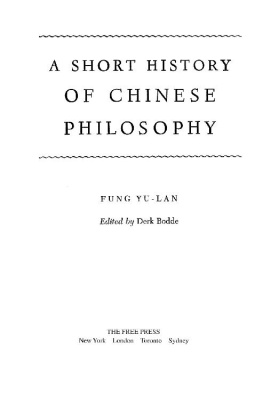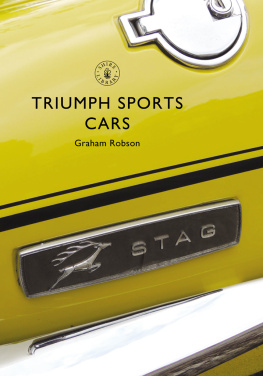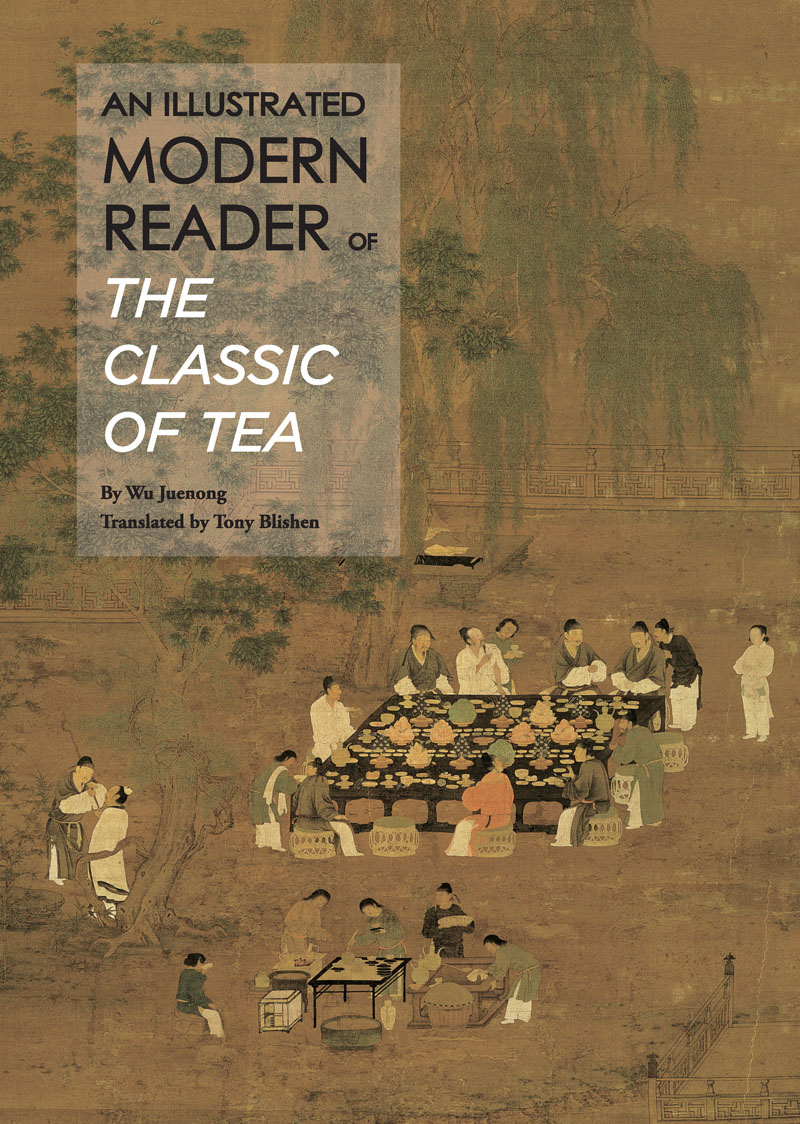

On
Fig. 1 A Literary Party (detail)
Please refer to .
On
Fig. 2 Lu Yu Making Tea (detail)
Please refer to .

Fig. 3 Passing the Time in Self Cultivation (Section: The Making of Tea)
Sun Kehong (15321611)
Ink and color on paper
Height 27.9 cm Width 1333.9 cm
Palace Museum, Taibei
Three people are conversing amongst unusually shaped rocks under some leafy trees on a riverbank while two boys are preparing tea. The poem beside the picture explains that the famous teas of Guzhu and Tianchi are esteemed by the people of Wu and Yue and that to make tea with water from the second spring under heaven, it is necessary to master the skill of boiling water so that the bubbles appear like the eyes of crabs or fish. A bowlful of tea is like a breeze that cools the body. What can compare with its joy? This handscroll illustrates, in 20 sections, the leisure and activities of the scholarly class and provides a glimpse of the quiet elegance of the life of a gentleman of the time.
Copyright 2017 Shanghai Press and Publishing Development Company, Ltd.
Chinese edition 2005 China Agriculture Press
All rights reserved. Unauthorized reproduction, in any manner, is prohibited.
This book is edited and designed by the Editorial Committee of Cultural China series
Text by Wu Juenong
Translation by Tony Blishen
Cover Design by Wang Wei
Interior Design by Li Jing and Hu Bin (Yuan Yinchang Design Studio)
Copy Editors: Yang Xiaohe, Diane Davies
Editors: Wu Yuezhou, Cao Yue
Editorial Director: Zhang Yicong
Senior Consultants: Sun Yong, Wu Ying, Yang Xinci
Managing Director and Publisher: Wang Youbu
ISBN: 978-1-60220-029-6
Address any comments about An Illustrated Modern Reader of The Classic of Tea to:
Better Link Press
99 Park Ave
New York, NY 10016
USA
or
Shanghai Press and Publishing Development Company, Ltd.
F 7 Donghu Road, Shanghai, China (200031)
Email:
Printed in China by Shenzhen Donnelley Printing Co., Ltd.
1 3 5 7 9 10 8 6 4 2
Quanjing provides the images on .
CONTENTS




FOREWORD

Fig. 4 Tea plantations.
The Classic of Tea, compiled 1,200 years ago in the sixth and seventh decades of the eighth century by the Tang Dynasty (618907) author Lu Yu (733804), was the worlds first book about tea. Lu Yu was later known as the Tea God. Tea trees grew in China originally and tea was used as a medicine during the Western Han Dynasty (206 BCAD 25). Tea also spread beyond China very early on and soon became a drink favored by people of all countries.
Lu Yu grew up in a Buddhist temple and, because of the close relationship between Buddhism and the spread of tea, soon acquired a particular liking for it. Later on he made research visits to a large number of tea growing areas, mainly those belonging to Buddhist temples.
When he compiled The Classic of Tea, it enabled him to provide a concise description of the cultivation, picking, processing, decoction and drinking of tea, as well as of the pre-Tang history of tea and tea growing areas and, more importantly, of the efficacy of tea itself. Some of these descriptions still retain their reference value even today. Naturally, because of the passage of time, some of the descriptions in The Classic of Tea of tools, the decoction of tea and tea drinking utensils have no current significance. Although Lu Yu came from an impoverished background and lived for some years in Buddhist temples, an entry into society brought him into long-term contact with officials, scholars and those who had severed family ties to become Buddhists or Daoists. Moreover, since he had held posts as a circuit and county official, his writings were unavoidably subject to Buddhist and Confucian influence.

Fig. 5 Lu Yu Making Tea
Zhao Yuan (Yuan Dynasty)
Ink on paper
Height 27 cm Width 78 cm
Palace Museum, Taibei
Hills rise and fall in the middle distance of this painting and a thatched pavilion has been erected by the stream, where it is sheltered from the sun by the trees. Lu Yu is seated on the matting whilst, at the side, a boy servant prepares tea. There is an inscription in the artists hand: Lu Yu Making Tea. The painting expresses the hermit-like leisure and the aspiration towards simplicity of a gentleman of culture.
Zhao Yuan was a late Yuan Dynasty (12791368) painter, skilled in Chinese landscape painting (shanshui) who followed Dong Yuan (?c. 962) in style and Wang Meng (c. 13081385) in technique. He excelled in the use of thick ink on a dry brush.
I grew up in a tea village and it seems that more than 60 years have passed in a flash since I made the tea industry my specialized study. Much of this time was spent in the study of agriculture and the tea industry. Measured by the standards of developments in modern science, The Classic of Tea may not be a rich reference source but it is comparatively comprehensive.
I began working on this book in 1979. Initially, owing to the obscurity of the original text of The Classic of Tea, I spent some time comparing editions and examining texts. Consequently, what I wrote at the time was rather more in the form of annotations, though later I gradually introduced a degree of commentary.
During the last two or three years of writing this book, and in order to conduct research into the problems of the original tea tree areas and the production of broken black tea in China, I paid a number of visits to the provinces and autonomous regions of Sichuan, Yunnan, Guangxi and Guangdong. As an example, there are those who believe that it was Shennong, the agricultural deity who first used tea and they quote his use of tea to disperse poison as proof. This use of conclusions based on mythology has always been a matter for skepticism. We can now prove that the original tea tree area was in Southwest China and that it is not possible to verify the transmission of tea out of the southwest before the period of the Warring States (475221 BC), and that no confidence can be placed in the assertion in The Classic of Tea that the statesman Yan Ying (c. 500 BC) took tea under its name of ming. Thus, the theory that Shennong was the first to take tea is even more difficult to establish.
Next page
